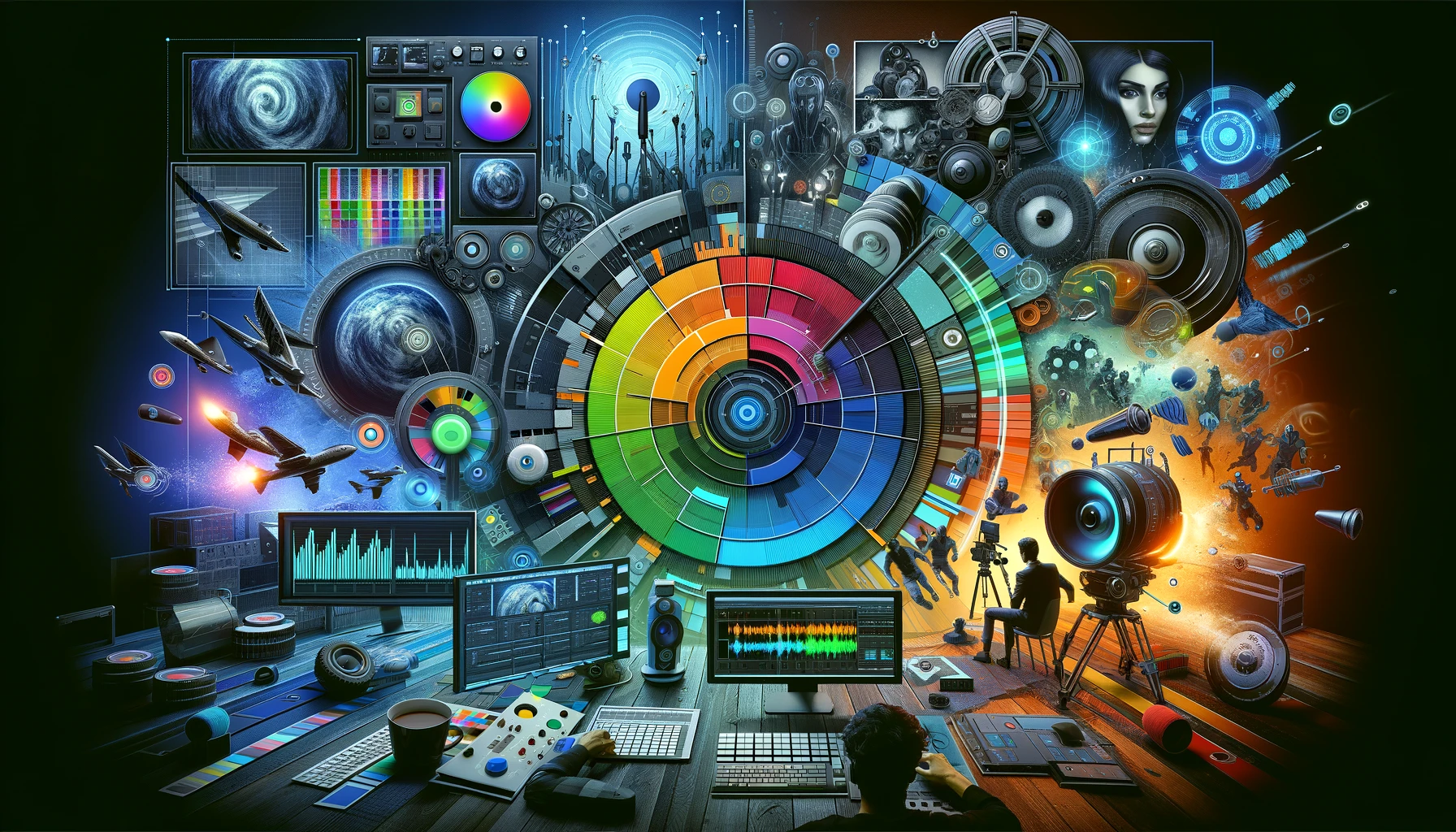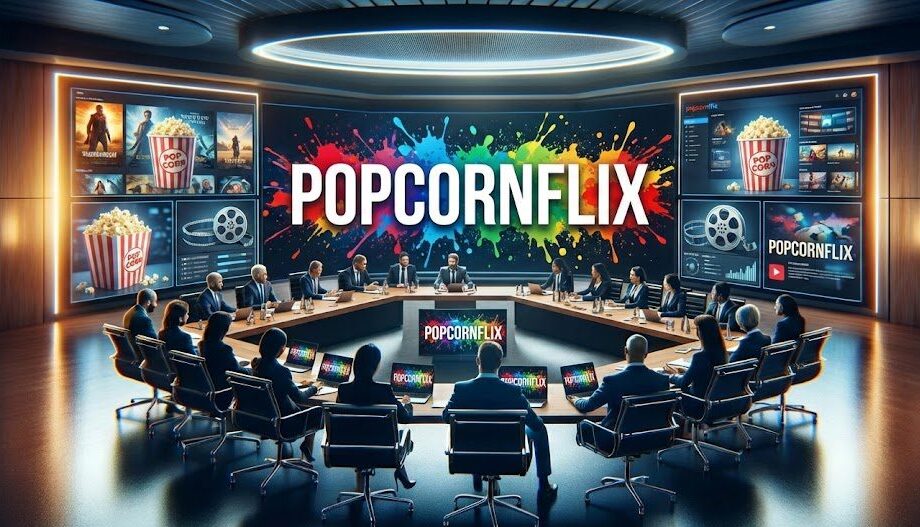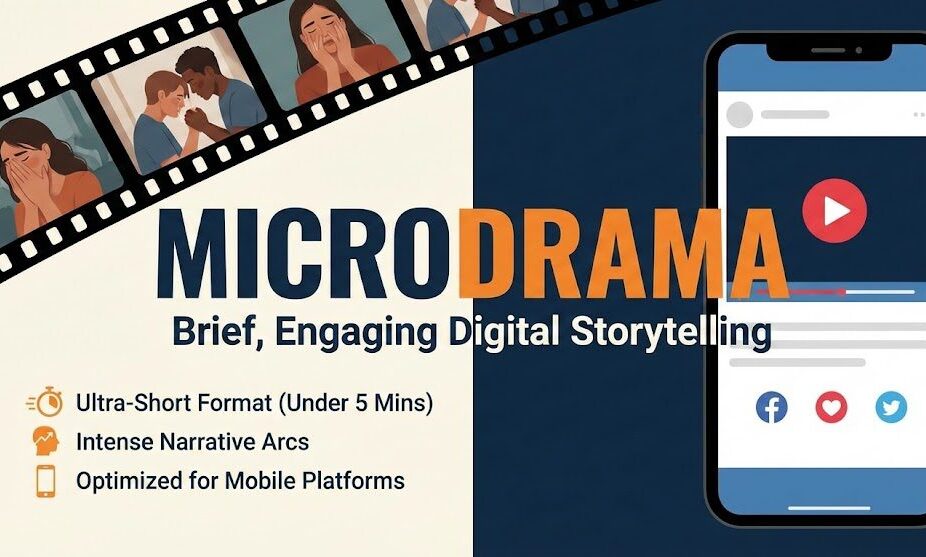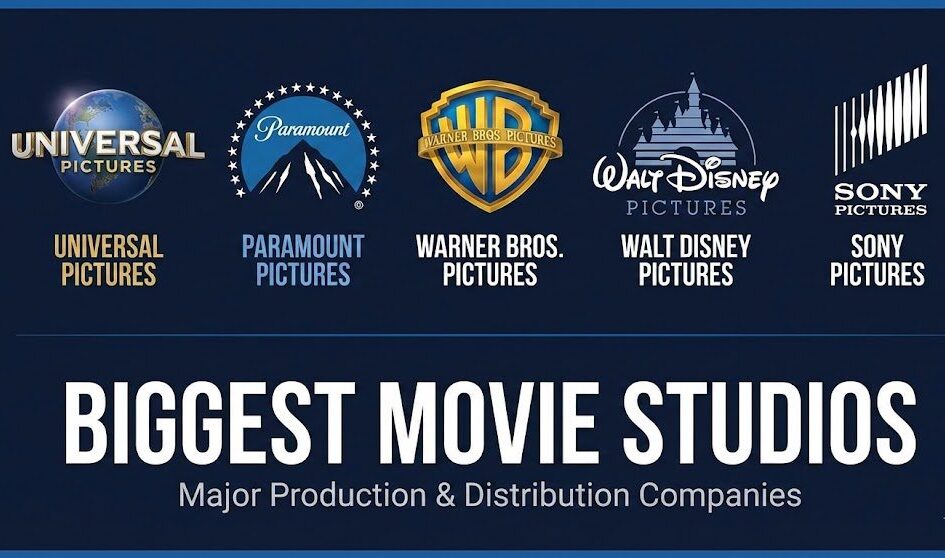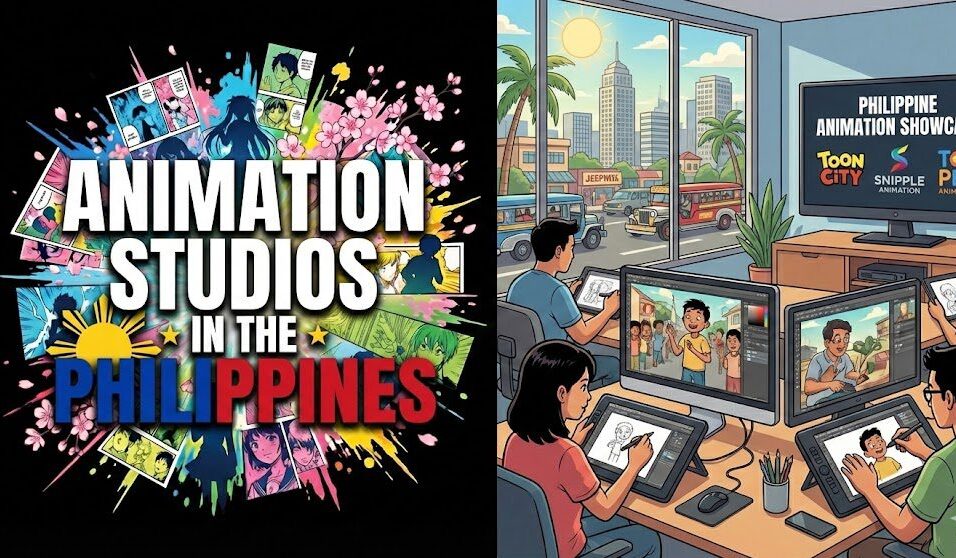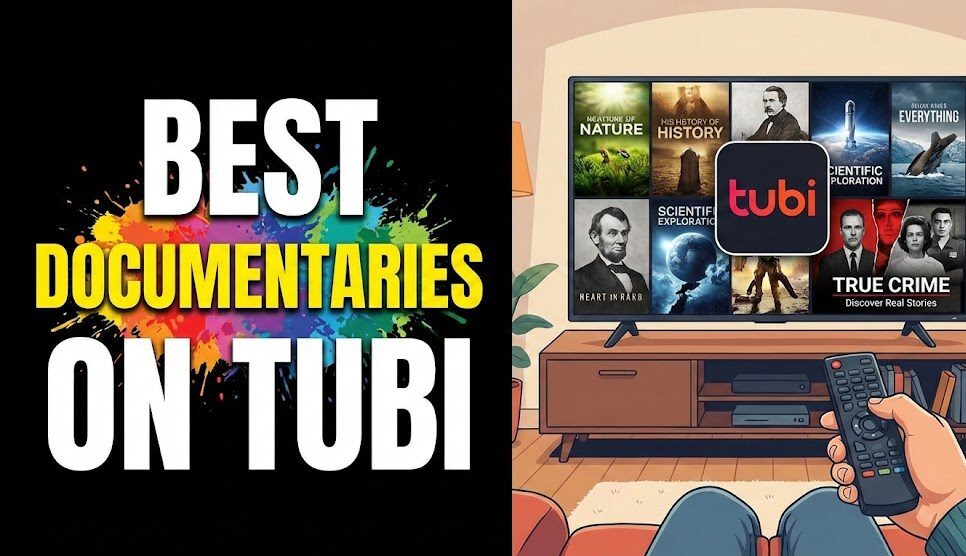Introduction
The role of AI in film editing has grown immensely, and it is becoming a game-changer in the post-production process. As the entertainment industry adapts to advanced technologies, AI tools are now used to automate several stages of post-production, including sound synchronization, rough cuts, and color correction. In this article, we explore the cutting-edge applications of AI in film editing, how they benefit professionals and indie filmmakers alike, and what the future holds for AI in post-production.
Key Takeaways
| Topic | What You’ll Learn |
| AI’s Impact on Film Editing | How AI is transforming the film editing process. |
| AI Tools for Film Editors | The best AI-driven tools and software for editing in 2024. |
| AI in Post-Production | How AI enhances workflows, pacing, and visual consistency. |
| Challenges AI Solves in Film Editing | Key editing challenges AI helps overcome. |
| The Future of Film Editing with AI | AI’s evolving role and future in film editing. |
Unlock the future of film editing!

AI-Driven Tools and Software for Film Editing
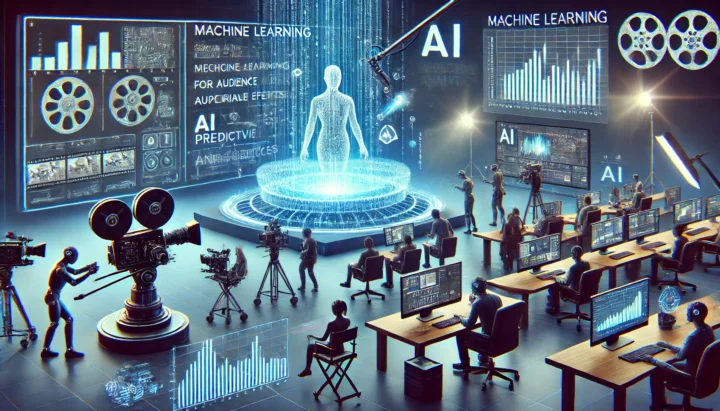
AI has integrated into leading film editing software, offering tools that improve efficiency and precision. By incorporating machine learning, these tools can handle repetitive tasks like syncing audio or adjusting color tones, letting editors focus on creativity.
| AI-Powered Tools | Key Features |
| Final Cut Pro | AI algorithms optimize cuts and automate transitions. |
| Adobe Premiere | Offers AI-driven sound editing and automatic scene detection. |
| DaVinci Resolve | AI-powered color grading and adjustment. |
| Avid Media Composer | Syncs audio with video through machine learning. |
These tools simplify complex editing processes, enhancing both quality and speed. Explore more AI-enhanced software in this guide.
AI Enhancements in Film Editing Techniques
AI in film editing goes beyond automating tasks—it enhances the overall editing process. It provides solutions for common challenges, improving pacing, dialogue management, and continuity.
Key Enhancements of AI in Editing:
- Pacing Improvements: AI evaluates scene flow, suggesting cuts for better rhythm and timing.
- Dialogue Synchronization: AI tools automatically sync dialogue-heavy scenes, improving efficiency.
- Color Grading: AI ensures consistency in color across scenes. For more on this, check out color grading vs. correction.
Need a cutting-edge post-production solution?

AI’s Impact on Post-Production Workflows
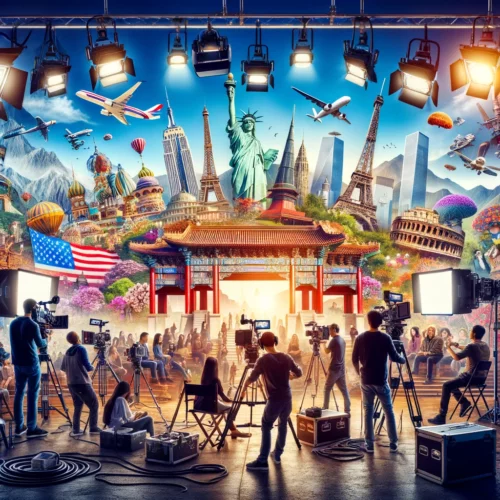
The integration of AI has significantly impacted post-production workflows by automating tedious tasks, reducing errors, and accelerating turnaround time. Whether you’re a small indie filmmaker or part of a larger studio, AI can enhance your post-production processes.
How AI Enhances Workflows:
- Sound Mixing: AI automates sound enhancement, Foley, and ADR work, ensuring seamless audio production. Learn more about ADR and post-production audio.
- Visual Effects Integration: AI makes it easier to implement and enhance VFX in a budget-friendly way. Dive into visual effects in post-production.
- Efficiency Gains: By automating the synchronization of audio, video, and effects, AI enables faster project completion.
AI vs. Traditional Film Editing
While traditional film editing relies on the human touch for intricate storytelling, AI-driven tools are now handling repetitive tasks such as syncing and adjusting. However, AI is not yet fully replacing traditional editing—it is augmenting it.
AI vs Traditional Editing:
- Automation: AI tools handle tasks like syncing audio and video, leaving the creative decisions to human editors.
- Creativity: Human editors still play a vital role in telling compelling stories, particularly when it comes to narrative decisions and emotional pacing.
Read more about how AI collaborates with traditional editing in this article.
Struggling with post-production challenges?

The Future of AI and Film Editing
The future of AI in film editing is bright. With more tools evolving, the gap between indie filmmakers and major studios is narrowing. AI will continue to make high-quality post-production accessible to filmmakers with smaller budgets, enabling them to produce professional-level films without the need for large teams or resources.
Future AI Trends in Editing:
- Real-time Editing: AI systems capable of editing on the fly during film production.
- AI Storytelling: Tools that analyze footage and suggest narrative changes based on data-driven insights.
- Lower Costs: AI will further reduce costs for post-production, making it more accessible for indie filmmakers. Learn more about how indie filmmakers can streamline workflows in this guide.
Key Takeaways
- AI is transforming the landscape of film editing, offering tools to automate technical tasks and streamline workflows.
- Post-production efficiency has significantly improved, allowing filmmakers to complete projects faster while maintaining quality.
- AI tools do not replace human creativity but complement it, making the editor’s job easier by automating repetitive tasks.
- The future of film editing with AI is promising, with the potential for real-time editing and more accessible post-production for indie filmmakers.
For more insights on AI-driven film editing and how to integrate it into your workflow, visit Vitrina’s comprehensive guide on post-production workflows.
Frequently Asked Questions
AI helps automate tasks like audio sync, rough cuts, and color correction, allowing editors to focus on creative decisions.
No, AI enhances the process by taking care of technical details, but creative decisions remain in the hands of human editors.
Popular tools include Final Cut Pro, DaVinci Resolve, and Adobe Premiere, all of which integrate AI.
AI analyzes scene flow and suggests cuts or edits to ensure a smoother pacing that matches the narrative.
Yes, AI-driven editing tools lower the cost of post-production while still delivering professional-level results.


